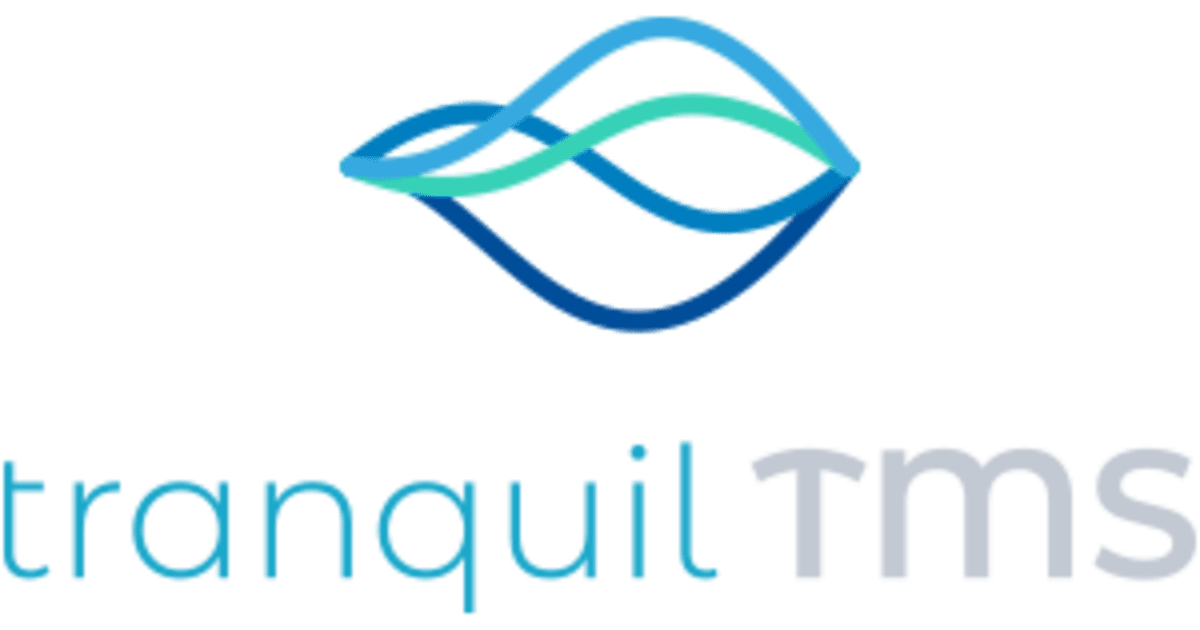“You gain strength, courage and confidence by every experience in which you really stop to look fear in the face. You are able to say to yourself, ‘I have lived through this horror. I can take the next thing that comes along.’ You must do the thing you think you cannot do.” — Eleanor Roosevelt
You’ve weathered the storm of anxiety, navigating its turbulent waters with courage and determination. Now, as you stand on the threshold of returning to work, a mix of emotions swirl within you – anticipation, trepidation, perhaps even a hint of excitement. How do you find your footing again in a world that once felt overwhelming? How do you silence the echoes of doubt and forge ahead with confidence?
Whether you’re returning after a brief hiatus or a more prolonged absence, join us as we explore the transformative power of resilience and the art of bouncing back into work.
Why is it so difficult to get back to work after a break due to anxiety?
Returning to work after an anxiety-induced hiatus presents several challenges: the uncertainty of stepping back into a once-familiar yet now daunting environment, fears of relapse and judgement from colleagues, pressure to perform at previous levels heightening feelings of inadequacy, the absence of routine complicating readjustment, and the resulting overwhelm from anxiety, pressure, and disrupted routines amplifying the difficulty of the return.
Practical Tips for Facing the Challenge
Before we look into the specific tips to overcome the difficulty of getting back to work, it is important to understand that you are not alone.
Mental disturbances such as anxiety and depression may seem lonely, but it is not. According to the World Health Organization’s findings, in 2019, an estimated 301 million individuals worldwide grappled with anxiety disorders. Prominent figures like Nadia Whittome, Britain’s youngest parliamentarian, and tennis star Naomi Osaka made headlines in 2021 for prioritizing mental health. Whittome took time off after being diagnosed with PTSD, while Osaka withdrew from the French Open to address her depression. Healthcare workers and educators, too, have taken breaks due to burnout amid the COVID-19 crisis.
With that in mind, the following tips can help you ease into the workplace after your break to heal.
- Acknowledge Your Emotions: Understand that these emotions are normal and will pass. During challenging moments, practice mindful breathing techniques and offer yourself the same kindness you would to a loved one experiencing distress.
- Establish a Sense of Security: Identify aspects of your home environment that bring you comfort and replicate them in your workplace. Whether it’s a familiar scent, a cherished trinket, or a cozy sweater, surround yourself with reminders of home.
- Communicate with Your Supervisor: Initiate an open dialogue with your manager about your challenges and needs. Discuss potential accommodations such as a phased return to work, adjusted responsibilities, flexible work timings or remote work options. Seek clarification on safety protocols and express any concerns you may have.
- Connect with Coworkers: Share your experiences and concerns with trusted colleagues. Opening up about your struggles can foster a supportive work environment and provide opportunities for collaboration on coping strategies.
- Stay Informed: Stay abreast of current guidelines and recommendations for workplace safety provided by reputable sources. Being informed can alleviate uncertainties and empower you to make informed decisions about your return to work.
- Seek Professional Support: If anxiety continues to significantly impact your daily life, consider seeking assistance from a mental health professional. Therapeutic interventions such as Acceptance and Commitment Therapy (ACT) or Cognitive Behavioural Therapy (CBT) can equip you with valuable skills for managing anxiety and promoting overall well-being.
Supportive workplaces can ease the transition of employees returning from a break to manage anxiety. This involves flexible return policies, clear communication, tailored accommodations, accessible emotional support, flexible work arrangements, mental health training, regular check-ins, and promoting self-care. Implementing these measures fosters successful reintegration and overall well-being.
Take away
Just as one would need time off to heal from a physical injury or illness, addressing mental health concerns requires time and space for recovery. Returning to work after such a break is not a sign of weakness, but rather a testament to one’s resilience and strength. By fostering a culture of understanding and support, workplaces can ensure that employees feel empowered to prioritise their mental well-being without fear of judgement, ultimately contributing to a healthier and more inclusive work environment for all.


